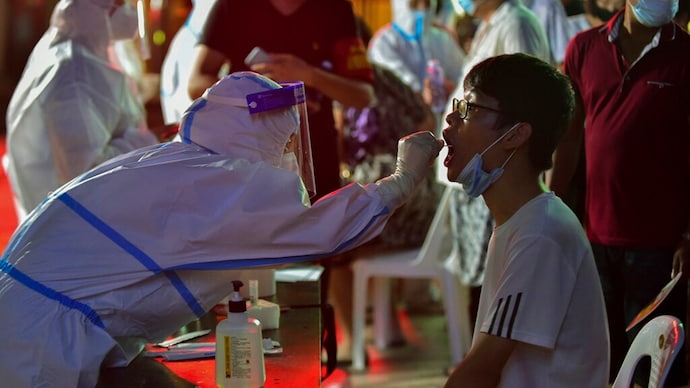Confirmed HMPV cases in India: What tests are there to detect this virus?
HMPV primarily affects the upper and lower respiratory tract and is of particular concern to vulnerable groups.

Human metapneumovirus (HMPV), a respiratory virus that has recently caused concern in China, has begun to attract attention in India after the first probable case was reported in Bengaluru.
The virus, which primarily affects the upper and lower respiratory tract, is particularly worrisome for vulnerable groups, such as young children, the elderly and individuals with weakened immune systems.
First identified in 2001, HMPV is not new but is still underdiagnosed.
What are the symptoms of HMPV?
Symptoms range from mild cold-like effects, such as cough and fever, to more serious respiratory illnesses, such as pneumonia or bronchiolitis.
The virus spreads through respiratory droplets, making it highly contagious, especially during the winter months when respiratory infections peak.
Timely and accurate diagnosis is important for the management of HMPV infection.
How is HMPV diagnosed?
Health care professionals commonly use two primary methods to detect the virus.
The first is nucleic acid amplification test (NAAT), which includes techniques such as reverse transcription-polymerase chain reaction (RT-PCR). This method amplifies viral RNA sequences from respiratory specimens, providing a highly sensitive and reliable diagnostic tool.
It measures how much a specific gene is expressed in a sample, which is valuable in research and diagnosis. It can detect very small amounts of RNA, making it suitable for early detection of infection.
The second diagnostic approach involves detection of viral antigen in respiratory secretions via immunofluorescence or enzyme-linked immunosorbent assays (ELISA).
The test uses a combination of antibodies and enzymes to identify the target molecule, producing a measurable color change if the target is present.
The sample, such as blood, saliva, or other biological fluid, is added to a plate coated with an antibody or antigen specific for the target molecule. The target (if present) binds to this coating.
These tests identify specific proteins associated with hMPV, providing a rapid alternative to genomic detection.
Although there is no specific antiviral treatment for hMPV, early detection can help manage symptoms and prevent complications.
Supportive care, including oxygen therapy for severe cases, plays an important role. Health officials emphasize precautionary measures such as hand hygiene, wearing masks and avoiding crowded places, especially during the busy season.
As India begins surveillance of hMPV cases, it will be important to integrate routine testing for the virus into the diagnosis of the respiratory disease.
This proactive approach may increase understanding of the spread of hMPV and its public health impact. While experts assure that HMPV does not pose a global health crisis like COVID-19, vigilance is necessary, especially to protect vulnerable populations.
With ongoing research and improved diagnostic tools, health officials are better equipped to respond to HMPV outbreaks and reduce its impact.







